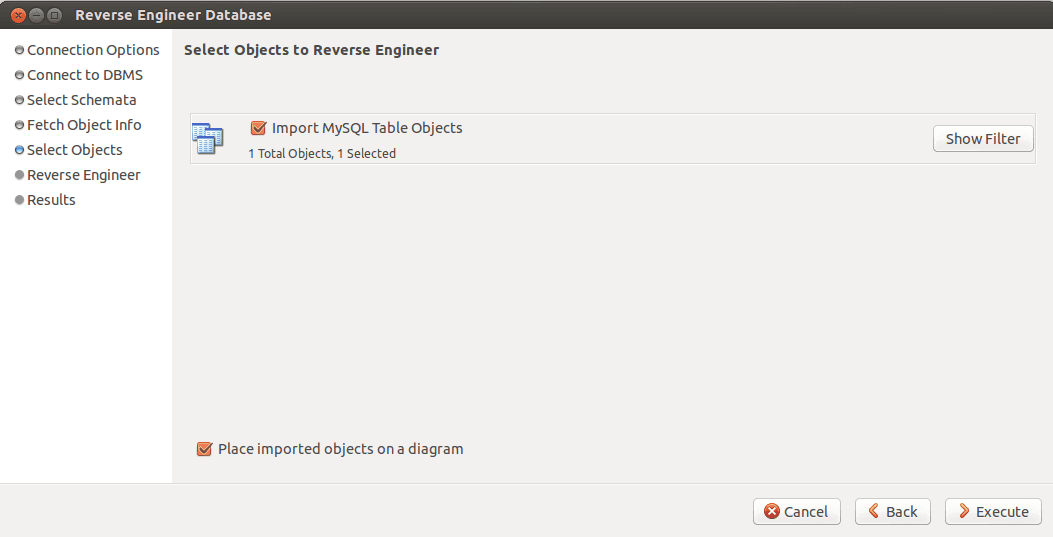
Once you name your schema, click the Apply button and, when prompted, review the SQL Script and click Apply again. In the resulting window ( Figure B), give the schema (database) a name and (if necessary) select a Default Collation. From the database home screen ( Figure A), right-click a blank spot under the SCHEMAS pane and select Create Schema. Open MySQL Workbench and connect to your database server. The first thing to do is create a database (aka Schema). I will assume you already have MySQL Workbench installed.
Mysql workbench tutorial how to#
You need to make sure you have MySQL set up for remote connections ( See: How to set up MySQL for remote access on Ubuntu Server 16.04 (This also works for Ubuntu 18.04). My instance of MySQL Workbench will connect to a MySQL database, housed on Ubuntu Server 18.04. I’ll use MySQL Working 6.3, which has drastically evolved from older versions of the tool. SEE: Server deployment/migration checklist (Tech Pro Research) What you need To do so, I’ll walk you through the process of creating a database, adding a table to that database, and then adding data to the table. I’m going to show you just how easy it is to make use of MySQL Workbench. How to configure networking on a Linux server (TechRepublic Premium) How industrial IoT is forcing IT to rethink networks Get instant malware filtering with Gryphon Guardian NVIDIA unveils supercomputing and edge products at SC22


It’s cross-platform, open source, and incredibly easy to use. This particular tool is one of the finest locally installed MySQL client tools you’ll find. Fortunately, for those users, there are plenty of GUIs available to make the task easier. To others, however, the command line is too cumbersome to be efficient. To them, it’s as efficient as a work environment can be. Many database administrators are comfortable working within the command line.


 0 kommentar(er)
0 kommentar(er)
